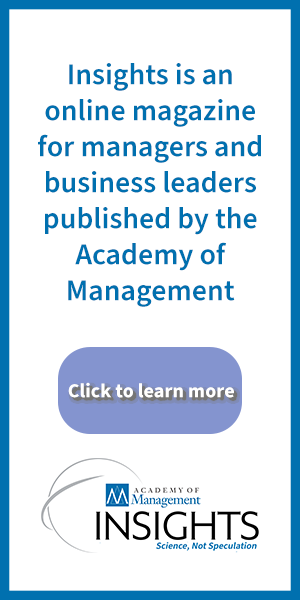Published on: July 8, 2025 at 3:53 pm
The fatal shooting of UnitedHealthcare CEO Brian Thompson last year opened the floodgates of criticism of the United States healthcare industry. It still hasn’t subsided.
Academy of Management Scholar Jeffrey Pfeffer of Stanford University said that he was not surprised by the intense and broad-based denunciation of U.S. health insurers and health benefits administrators in the wake of Thompson’s killing.
“Every day, third-party administrators and health insurance companies require preauthorization of healthcare services, and the amount of preauthorization required has gone up,” Pfeffer said.
“The American Medical Association, which sees prior authorization as a burden on doctors and as and as something that has increased the cost [of healthcare], because for every time you require prior authorization, there has to be someone at the doctor’s office who’s filling out these forms, and there has to be somebody at the health insurance office dealing with these forms,” he said.
Even when patients went to in-network physicians—doctors and hospitals approved by insurers offering Affordable Care Act (ACA) plans—the companies denied an average of 17% of claims in 2021, according to a 2023 study. Many insurers’ denial rates were well above that, though, with one approaching 50% in 2021 and another hitting 80% in 2020.
“There’s data published in a peer-reviewed journal that says that close to one out of five, the actual number is 17%, almost 20% of authorized and approved claims are never paid by insurers, which is one of the reasons that The Wall Street Journal and The New York Times have reported that cash prices are typically cheaper than the negotiated network prices done by these third-party administrators,” Pfeffer said. “You have insurance companies that aren’t paying [legitimate] claims and adding paperwork—some colleagues and I published a paper in the Academy of Management Discoveries on this topic of what this costs patients.
“You have this enormous administrative burden, and you have arbitrary denials of claims and prior authorization and high costs and other burdens, and this affects people who are sick,” he said. “You have people at the most delicate times of their and their families’ lives who are basically being mistreated by these large insurance companies.”












